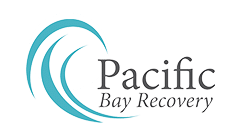Drug rehabilitation is a slow process; it is not something that happens overnight. It is also a process that needs to be tailored for each person. It is not a one size fits all. Drug rehabilitation requires a series of stages an individual must complete to give them the best chance for avoiding relapse. Understanding these phases, and ensuring they are fully followed is the most important component for an addict hoping to recover from his or her disease.
The first stage of drug rehabilitation is withdrawal. This is often present in those people who have become chemically dependent on their substance of choice. The pain of withdrawal is the reason many people are not able to quit using a substance on their own. At a drug rehabilitation center, medical detox is used to treat withdrawal. The process can last one to two weeks depending on the substance in use. Detox is one of the most difficult stages of drug rehabilitation. Once the patient makes it through detox, he or she is finally able to begin feeling better.

To start, patients will not be allowed to use their cell phones. The goal is to have full focus on completely detoxing from the substance of choice. As patients make it through the inpatient medical detox program, they will slowly begin earning privileges back. In addition, they will attend groups and meetings focused on anger management, healthy lifestyles, and learning what unhealthy patterns they have created for themselves that have led to drug dependence. This inpatient treatment often lasts a few months and is followed by a couple of years of outpatient treatment.
The ultimate goal of drug rehabilitation is to completely clear the drug from the patient’s body and have the patient return to everyday life as soon as possible. It is almost impossible for a person addicted to substances to do this on his or her own. Routine is a significant part of drug rehabilitation. This is the reason patients are encouraged to continue with intensive outpatient care following their inpatient care. Drug rehabilitation sets the tone for the rest of the patient’s life when dealing with addiction issues. Because substance abuse is such a complicated disease, holistic treatments are typically the most effective. By taking a look at the person’s overall life, and understanding all the factors that have led to drug dependence, professionals have a better chance of helping the patient remain drug and alcohol-free.
Drug rehabilitation is no easy feat. It requires a strong support system and a team of professionals to allow for the best results. Each person has a different story. Therefore, each person’s treatment plan will look a little bit different. While there are differences, there are also certain steps that are necessary for drug rehabilitation. Ridding the body of the substance tends to be the most difficult part, and is the time the patient is most likely to relapse. Once medical detox is completed, scheduled meetings, sponsors, and lifestyle changes are the best way to help a person suffering from addiction stay drug and alcohol-free.

